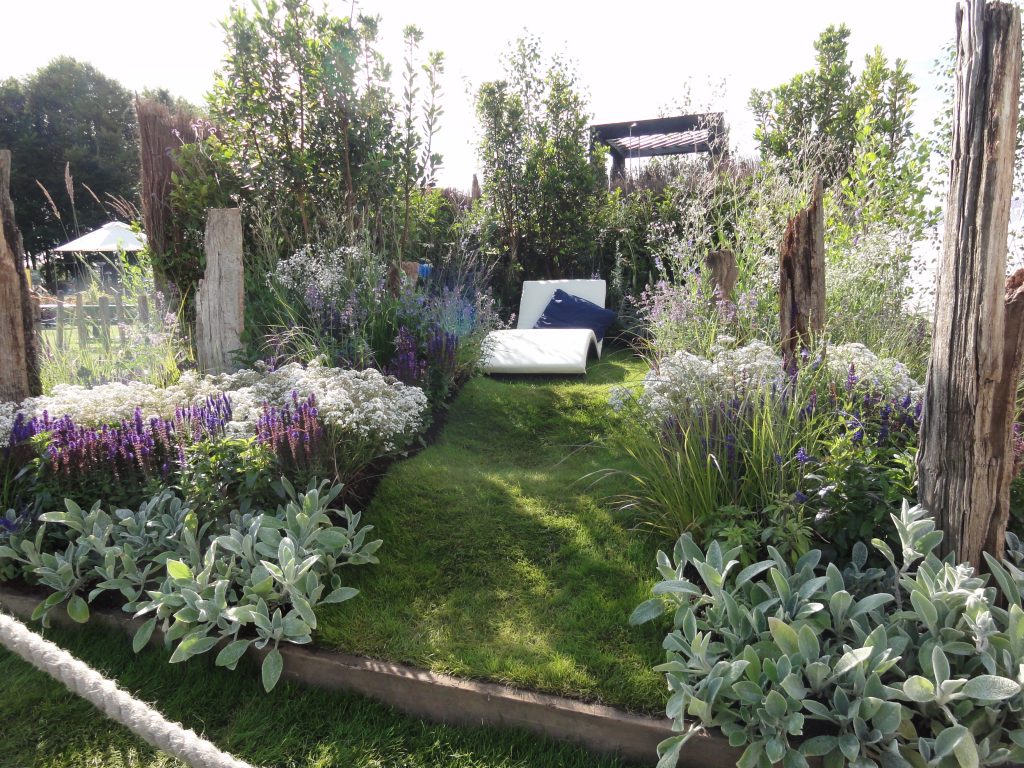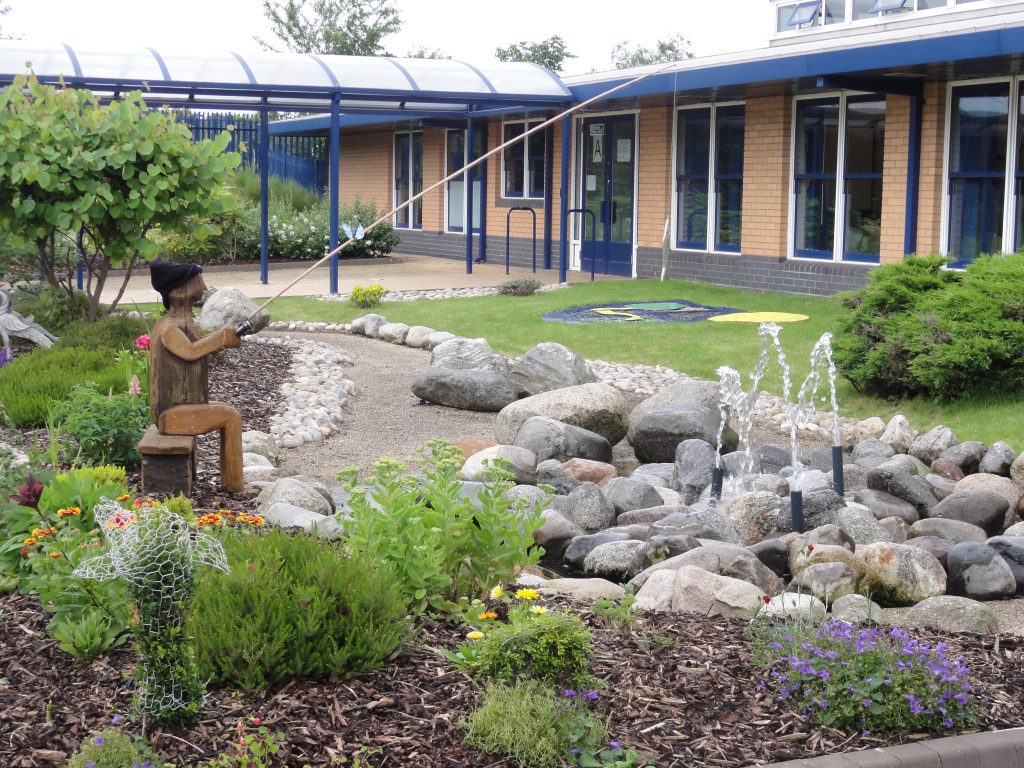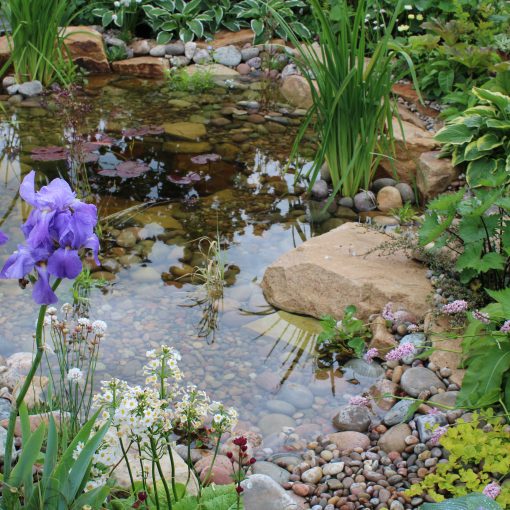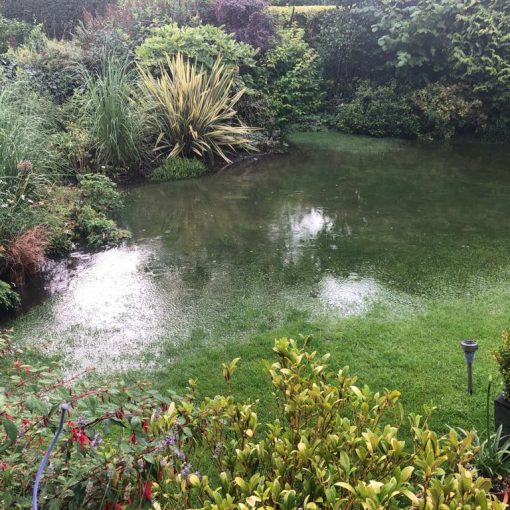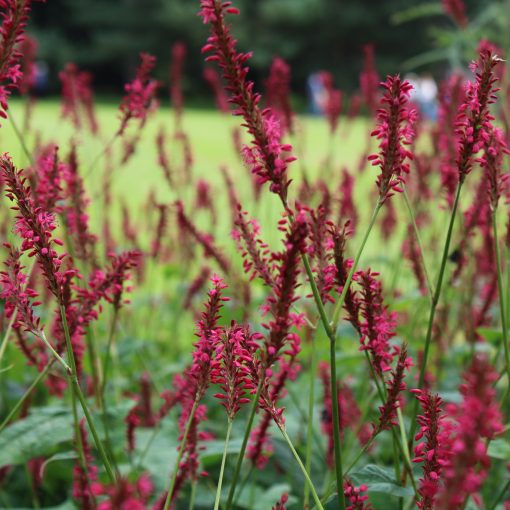Learning Outcome for RHS level 2 R2111
Understand basic garden planning principles and the elements that contribute to a good design.
Describe the relevance of garden planning principles to the production of a garden design that ‘works’ – one that follows accepted ‘rules’ or ‘conventions’, and which is pleasing to the eye.
To include examples of how a successful garden design (one which is pleasing to the eye) demonstrates accepted principles of garden planning (unity/cohesion, balance, form, scale/proportion, movement/direction, rhythm, repetition, simplicity).
Introduction
There are 8 different ‘principles ‘of design to define and understand:
- unity/cohesion
- balance
- form
- scale/proportion
- movement/direction
- rhythm
- repetition
- simplicity
There are also 4 ‘terms’ to define and understand:
- Symmetry
- Asymmetry
- Colour
- Focal points
The 8 principles and the 4 terms are all part of garden designer vocabulary and many of the principles and terms overlap and interlink.
For example, describing the principle of unity we could say the following:
Unity is repetition of similar forms, colours, focal points so that the elements of the garden link together and the garden looks good as a whole. Too much variation makes the garden look too busy and not pleasing to the eye. Unity and cohesion are very similar terms. Unity tends to describe elements within the garden and cohesion tends to describe how the elements within the garden link with the outside landscape and the house.
So, students do find it tricky to learn the meaning of the different principles as there is some cross-over between them. I find the best way to understand ‘principles’ and ‘terms’ is to critique magazine photographs or show garden images. Magazine photographs and show gardens are mostly ‘perfect’ examples of design process and are a good learning resource.
What is Balance?
There are 2 types of balance – Symmetrical balance and asymmetrical balance.
Formal garden designs can demonstrate symmetrical balance and informal gardens can demonstrate informal balance.
Balance is a state of equilibrium whether real or perceived. When there is balance, the overall picture of the garden, when viewed from a particular view point appears to have the same visual weight on the left and right of the view point, and so is pleasing to the eye. It is important to mark the main viewing point from the house so the designer can make these particular views well balanced or ‘picture perfect.’
Balance in a formal design (Symmetrical balance) is easy to describe as there is equal visual weight or mass either side of a central axis as both sides are a mirror image of each other. If the picture was represented by a set of scales there is exactly the same visual mass either side of the central axis so the scales would be balanced as demonstrated in the picture below.
Asymmetrical balance in informal gardens
Balance in an informal design (Asymmetrical balance) is achieved by placement of features so that size, texture, colour of objects and plants make up a balanced picture so that either side of a viewing point the elements are equally weighted but are not identically arranged.
For example, a large tree on one side is balanced with 3 smaller shrubs on the other side.
As well as there being a balance of mass, there may also be a balance between mass and space, solid and light texture, hard and soft landscaping, or a balanced colour pallet. Often when newly planted, a garden does not have asymmetrical balance until the plants have matured and increased in size. This is one of the reasons why it is important to know the ultimate size of plants as balance is only achieved when the garden matures.

